Retro Replay Review
Gameplay
Xuanyuan Jian 4: Hei Long Wu xi Yun Fei Yang marks the series’ bold leap into full 3D exploration and combat. Players can rotate the camera a full 180 degrees, revealing sweeping vistas of ancient China and hidden nooks filled with secrets. The shift from the active time battle (ATB) system of the third game back to a pure turn-based system gives battles a more deliberate, strategic feel—every move and spell must be weighed carefully.
(HEY YOU!! We hope you enjoy! We try not to run ads. So basically, this is a very expensive hobby running this site. Please consider joining us for updates, forums, and more. Network w/ us to make some cash or friends while retro gaming, and you can win some free retro games for posting. Okay, carry on 👍)
Combat revolves around a dynamic turn order bar that displays upcoming actions for both allies and foes. By timing your attacks to hit an enemy just before its turn, you can push it down the timeline and seize the initiative. This “push” mechanic adds an extra layer of tactics, rewarding players who study enemy patterns and coordinate skills. Stamina-based special attacks and a broad suite of magical spells further diversify your options.
Beyond standard fighting, the Heavenly Book system introduces an intricate base-building and resource management dimension. Captured monsters can be assigned to various facilities—weapon factories, living quarters, shops, and temples—where each creature’s unique attributes contribute to production. By gathering wood, gold, and other materials, you’ll fine-tune building parameters to craft weapons, armor, accessories, and even new spells, making each playthrough feel personalized.
While the learning curve is steeper than in previous installments, the in-depth tutorials and gradual unlocking of mechanics ease newcomers into the complexity. Longtime fans will appreciate the return to familiar turn-based roots combined with fresh innovations like the Heavenly Book, which encourages experimentation with team compositions and factory layouts. Overall, the gameplay strikes a satisfying balance between classic RPG strategy and creative resource management.
Graphics
As the first fully 3D entry in the Xuanyuan Jian franchise, Hei Long Wu xi Yun Fei Yang delivers vibrant character models and meticulously crafted environments. Cities and Qin-era fortresses are richly detailed, with period-accurate architecture that evokes the grandeur—and oppression—of the new Qin Empire. Lush forests, winding mountain passes, and expansive plains provide a visually diverse backdrop for your journey.
Combat animations shine with dynamic lighting and eye-catching spell effects. Elemental attacks burst with color and impact, and the turn order bar glows subtly, keeping you focused on tactical positioning. Occasionally, textures on distant objects can feel slightly dated, but these minor quirks are overshadowed by the cinematic camera work during boss encounters and storyline cutscenes.
The monster designs—drawn from Chinese folklore and Mohist philosophy—are a highlight, ranging from ethereal sky serpents to hulking earth golems. Each creature feels unique, not only in appearance but in the way they animate and react when summoned or stationed in Heavenly Book facilities. Small issues like occasional clipping or low-resolution textures in crowded towns do little to diminish the overall visual experience.
Story
Set against the tumultuous backdrop of 221 BC, the narrative introduces Shuijing, a young Mohist scholar who witnesses the distortion of her order’s peaceful teachings under the brutal reign of Qin Shihuang. As the first emperor consolidates power and suppresses dissent, Shuijing makes the fateful choice to break two core Mohist tenets and dedicate her life to reforming her school and dismantling the Qin Empire.
The plot deftly blends real historical events—Ying Cheng’s unification of China and the harsh suppression of rival kingdoms—with fantasy elements rooted in Mozi’s philosophical doctrines. Through Shuijing’s eyes, players encounter moral dilemmas: uphold pacifist values or take up arms to liberate the oppressed. Side quests enrich the world by exploring lesser-known Mohist principles and introducing sympathetic NPCs whose fates hinge on your decisions.
Pacing can slow down during certain mid-game sequences, particularly when shifting focus between base management and the main quest. However, key story beats—such as confrontations with Qin generals or the unveiling of a corrupted Mohist relic—deliver emotional weight and satisfy long-term narrative threads. The climax weaves personal vendettas and ideological conflict into a compelling finale that will resonate with players who appreciate historical drama tempered by fantasy.
Overall Experience
Xuanyuan Jian 4: Hei Long Wu xi Yun Fei Yang offers a multifaceted RPG experience that combines tactical, turn-based combat with deep crafting and monster management. The Heavenly Book system feels inventive, inviting you to think like an architect, alchemist, and commander all at once. This integration of base-building within a traditional RPG framework sets the game apart from its peers.
The 3D world is immersive, capturing the grandeur and brutality of Qin-era China. Rich lore and a morally complex storyline deepen the player’s connection to Shuijing’s quest, while side activities—monster capturing, facility upgrades, and resource gathering—provide hours of engaging content beyond the main campaign. Occasional technical hiccups are forgivable given the game’s scale and ambition.
For fans of classic turn-based RPGs, intricate resource-management systems, and stories steeped in historical fantasy, Xuanyuan Jian 4 delivers a robust, memorable adventure. Its blend of strategy, crafting, and narrative depth makes it a standout title for those seeking a thoughtful, richly detailed journey through ancient China.
 Retro Replay Retro Replay gaming reviews, news, emulation, geek stuff and more!
Retro Replay Retro Replay gaming reviews, news, emulation, geek stuff and more!
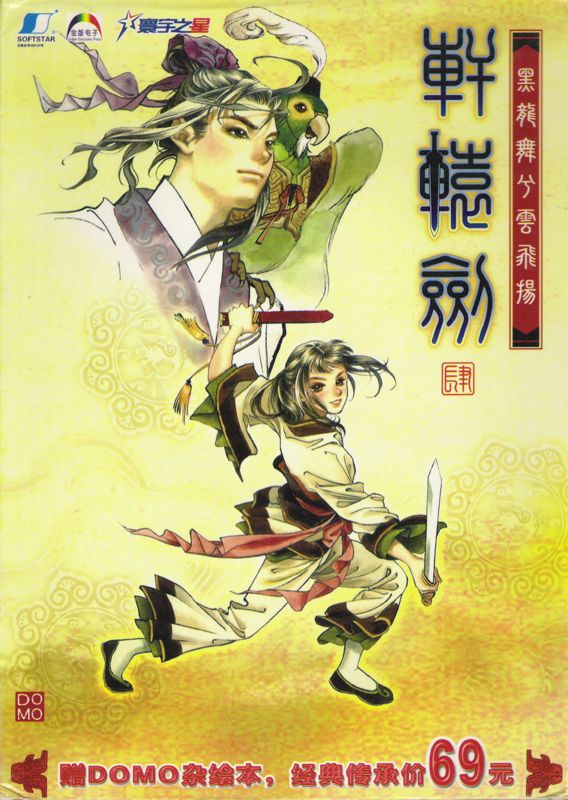
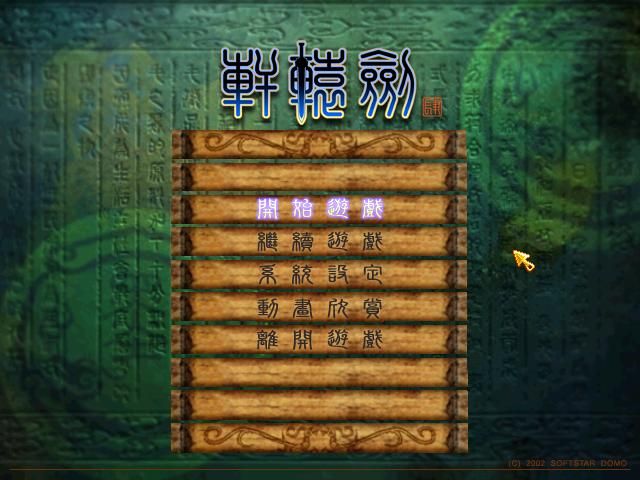
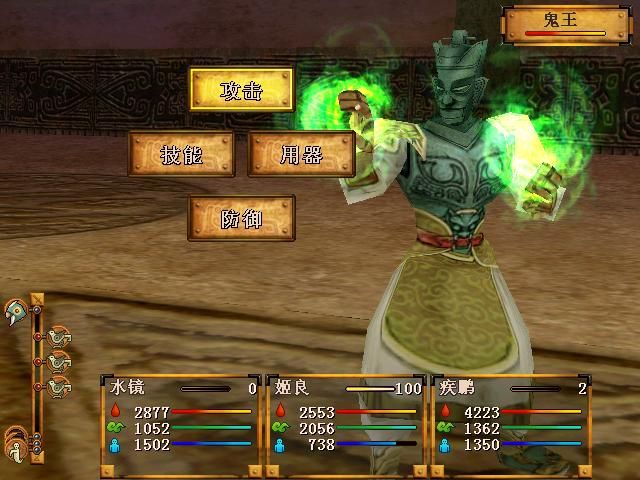
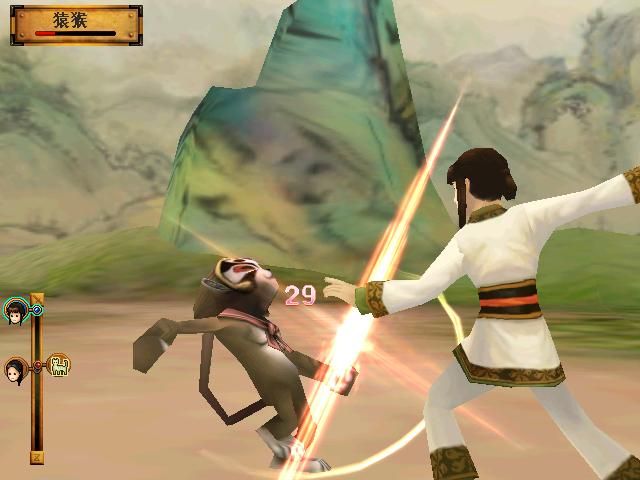
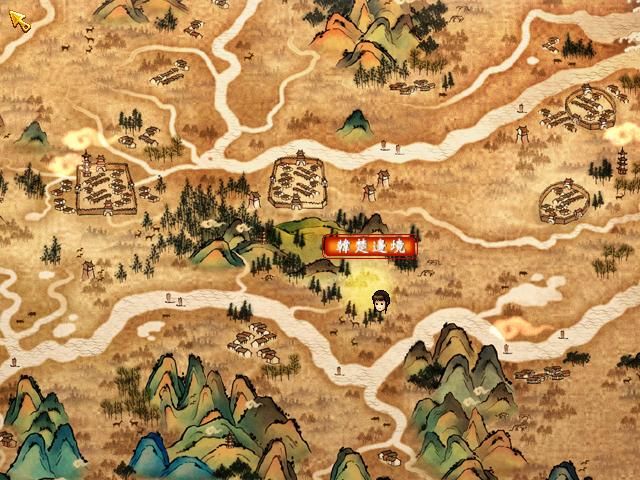
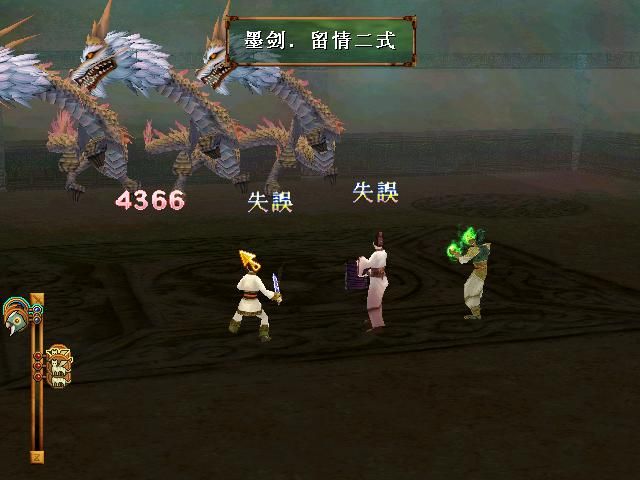



Reviews
There are no reviews yet.